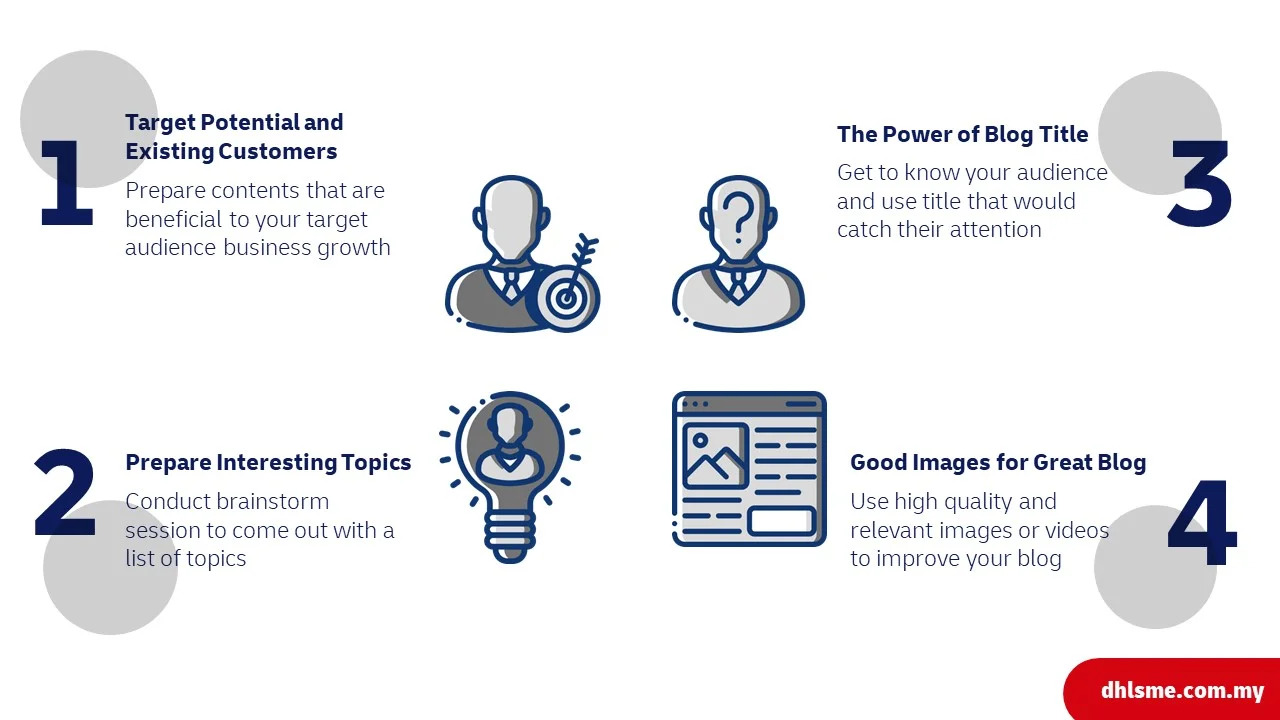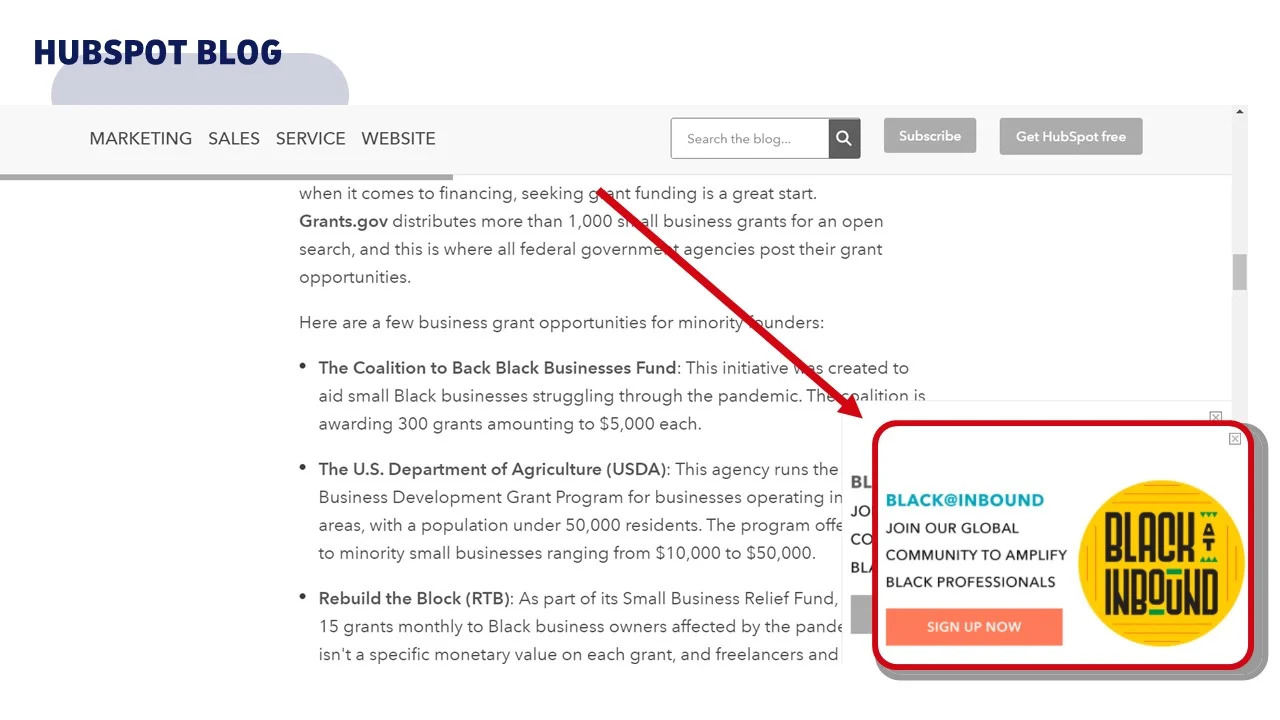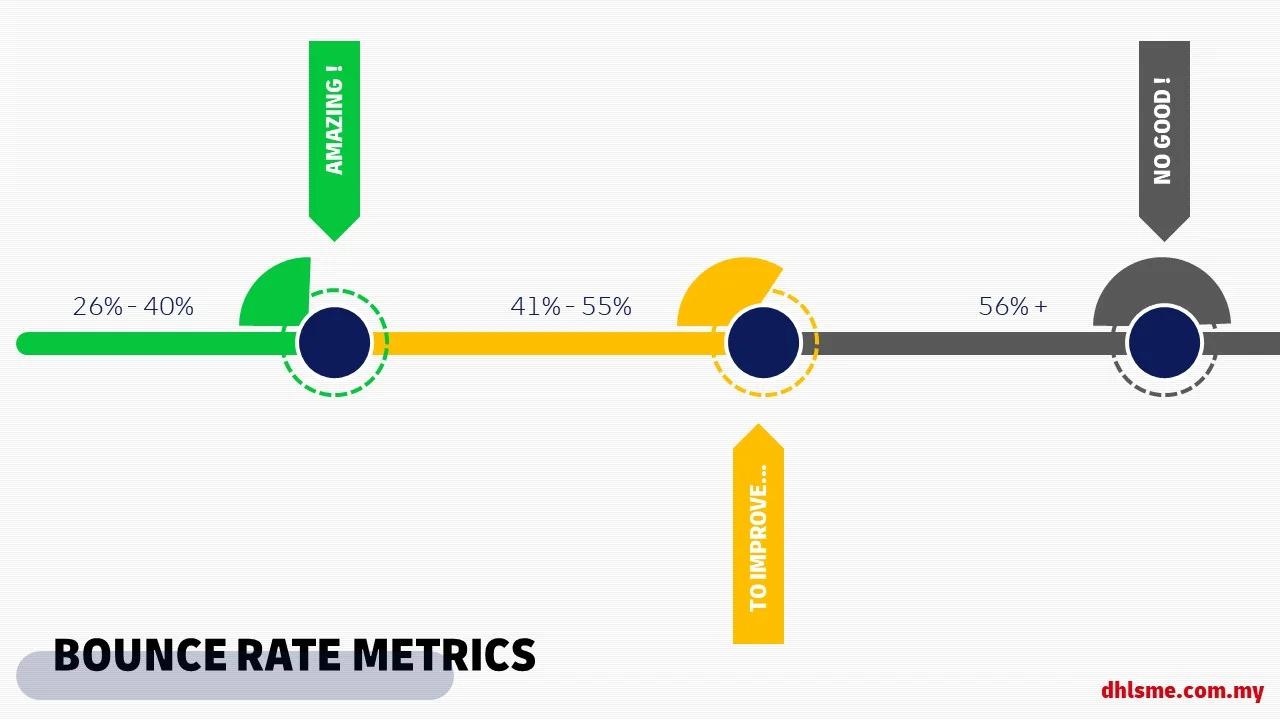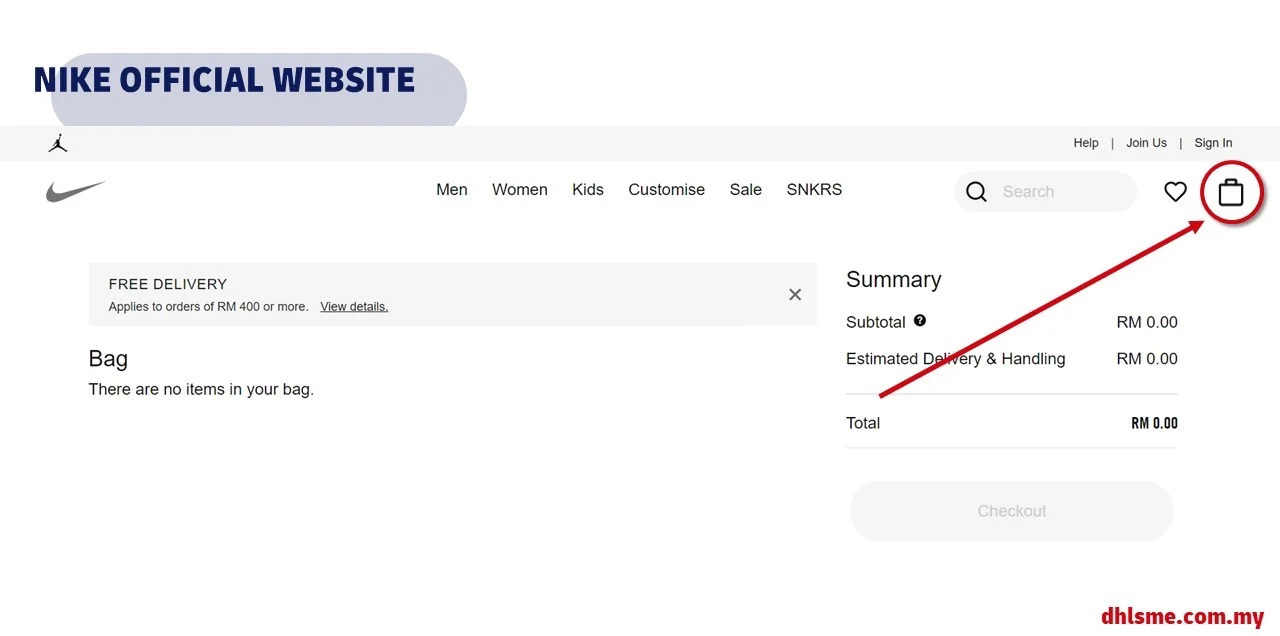Grow your business with the Discover newsletter
Logistics advice & insights straight to your inbox
Subscribe now
With sites like BigCommerce, Wix and Shopify, it is now easier than ever for anyone, and I mean ANYONE, to set up their own ecommerce website. However, if you want to generate sales, you must set yourself apart and aggressively market your store so that sales occur.
With most e-commerce stores, especially if you are starting out, you may initially think it’s just about buying and selling – but it’s so much more than that.
There are four key components of an ecommerce website that most people don’t pay much attention to:
Blogs
Pop-ups
Bounce rates
Shopping Carts
Mastering these things can help you get your ecommerce website noticed and generate more sales.
Having a well-performing and fully-functioning ecommerce website is a fundamental step to brand yourself in this day and age where people look for everything on the Internet. In addition, having a blog on your website is powerful and can instantly bring additional exposure to your brand, especially if you are looking to make customers stay. Companies that blog receive 97% more links to their website compared to those who don’t!
Not only does it allow you to provide useful content to your target audience, but it’s also an ingenuous and effective way to shape your brand image and build brand awareness at the same time. It’s a great inexpensive way for small businesses to drive traffic, enhance inbound marketing efforts and attract prospective customers.
Here are a few e-commerce blogging tips that may help you:
Target potential and existing customers. The end goal of your blogging strategy is to grab the attention of your target audience and retain their interest so that they will constantly come back for more. So, do your research and find out what your target audience wants to read before you start blogging.
Get creative with topic ideas. Blogging is the most powerful content marketing tool for online businesses. Some posts you can try include how-to articles, current events and trends, product highlights or even asking your audience what they want to read about.
Hook your readers with your title. The human attention span is about eight seconds, getting shorter and shorter with the progress of technology. Your title and headline would need to be captivating enough to make people want to read your post. From there, they may decide to like, comment or share your blog post.
Have good visuals. Even though blogs are mostly words, having visuals throughout can certainly generate better engagement. You can incorporate images, videos, GIFs, infographics and screenshots if you want to provide your audience with a glimpse of how your product or service works.

You know those pesky things that appear on your device screen when you’re on a web page? In the early years of the Internet, those ads that you see all over the place were disruptive and annoying.

Today, most youths download ad blocking software to prevent these annoyances from springing up all over the place. So, you may wonder if it’s even worth it to invest in such a thing. The answer is yes. There is a huge advantage of pop-ups when done correctly. Digital marketers have revolutionised the pop-up industry by creating more appealing visuals and timing the pop-ups to appear when, say, a visitor is about to leave the site.
Besides the timing improvement, technological advancements and cookies have also allowed digital marketers to cater and customise ads to a business’ target goals, as well as to customer preference. This has majorly helped improve conversion rates, bringing in revenue which you would have otherwise lost.
If you own a business and don’t know what bounce rates are, you need to read up on it because while setting up a website may be easy, maintaining it takes a lot more effort than you think. Simply put, a bounce rate is defined as the percentage of visitors who leave your website without doing anything like clicking on a link, filling a form or making a purchase.

As a rule of thumb, a bounce rate in the range of 26% to 40% is excellent, 41% to 55% is roughly average and 56% to 70% is higher than average, but may not be cause for alarm depending on the website. Anything over 70% is a little depressing, especially if your site isn’t a blog or news aggregator where people only go there to read a particular post.
As a business owner, it’s important to know your bounce rates as they serve as an indicator of how successful your digital marketing is. While you may attract loads of visitors, if you aren’t able to get them to engage, then there is no point.
If you have done any amount of shopping on the Internet, you should be familiar with the idea of the e-commerce shopping cart. E-commerce websites utilise the shopping cart to not only make customers’ shopping experience smoother, but also to boost sales.

For those of you who are unfamiliar with this, the shopping cart is a virtual cart that holds items you wish to purchase until you check out – just like in real life. Online shoppers only have to point and click on their desired item and it is placed in a virtual cart for later. When this process is effortless, shoppers tend to spend a longer time browsing other items which, in turn, can increase sales for the vendor and ultimately increase profits. Many times, shoppers aren’t ready to make a purchase. The shopping cart has a save feature which allows customers to keep items in their cart and come back at another time to purchase them.

While most companies have the shopping cart option on their website, there are still a few that don’t have this feature. There are never-ending reasons why the shopping cart is important for an ecommerce website, but the most valid reason would be that it increases the company’s visibility and helps to bring in more customers. In fact, no e-commerce website to date has been able to effectively sell products online without providing a shopping cart feature.
Websites with no shopping cart feature can potentially be a turn-off for many customers. The inability to make a direct payment through a website can certainly make customers turn their backs on your brand. Other than that, it would also be hard on customers to know whether their desired items are still available or not as most shopping cart systems come with an indicator of how much stock of any particular item is left.
All these things can be great tools in your ecommerce website. If used the right way, it can boost traffic and generate more sales for your business. Good luck, and may the odds be ever in your favour!